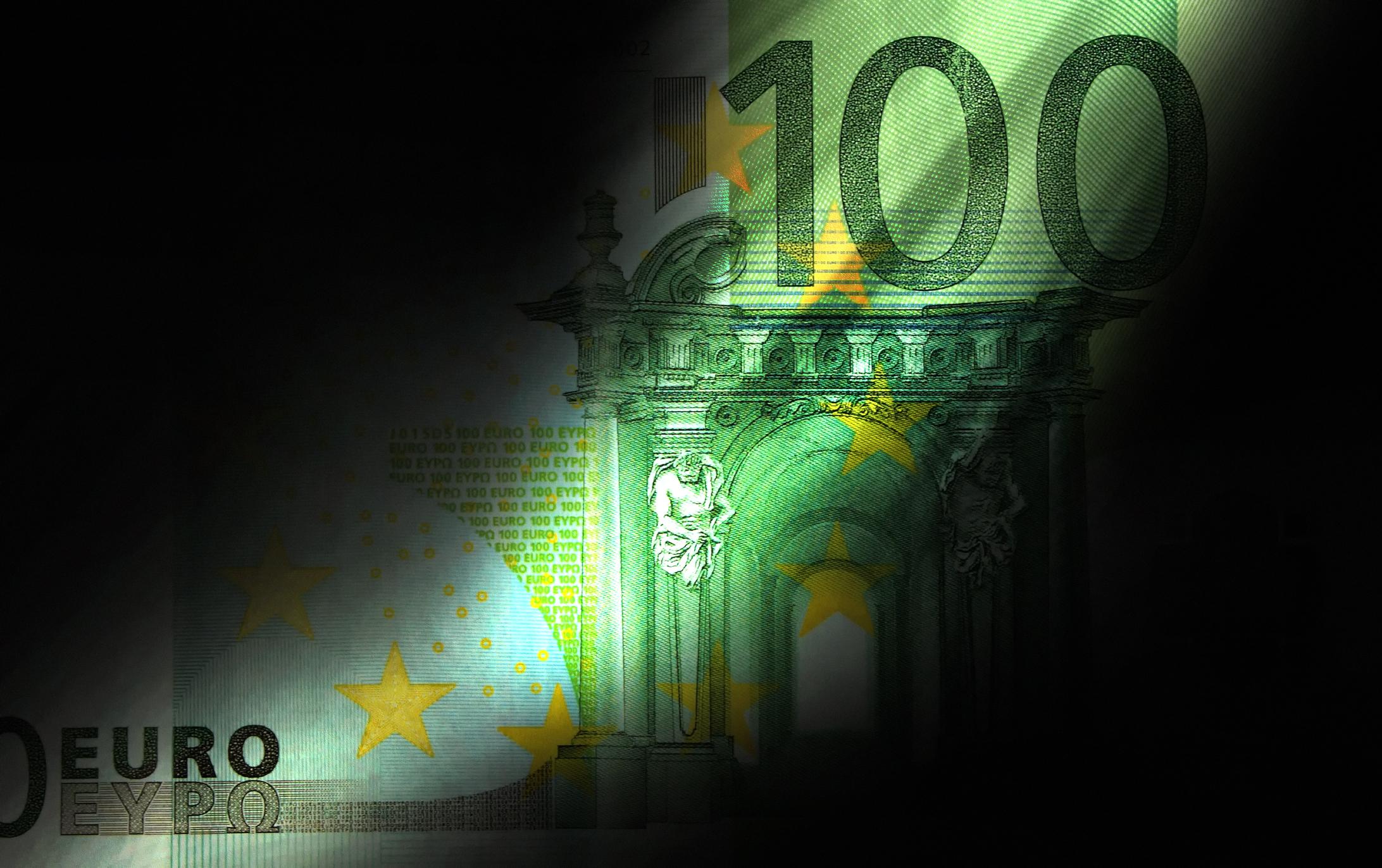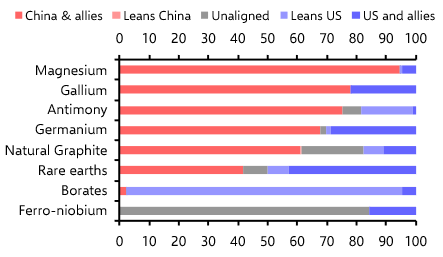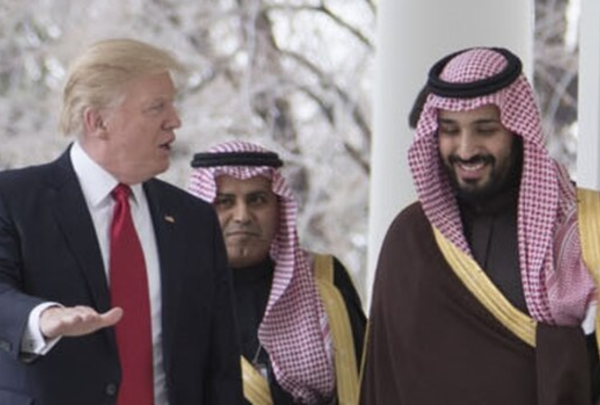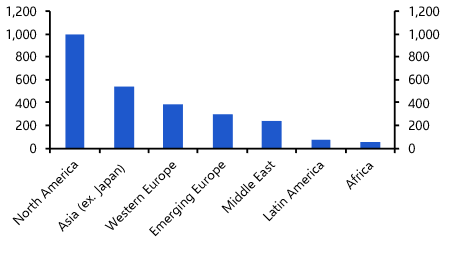The shift in sentiment toward Europe has been striking. Just a day after Donald Trump’s inauguration, Ursula von der Leyen took the stage in Davos to declare, “Europe is back”. At a time of widespread pessimism about the region’s economic prospects, the European Commission President was attempting to reassert its potential.
In the weeks that followed, the aggressive but turbulent rollout of the Trump agenda prompted Germany to ease fiscal restraints and led investors to reconsider European assets, as confidence in US financial market exceptionalism waned.
Now, amid growing optimism over a more expansive fiscal stance, falling inflation and policy rates and rising real incomes, investor sentiment toward Europe is more positive than it has been in years.
Yet beneath this surface optimism there still lies a set of deeper, more intractable challenges. Europe’s exporters face a dual threat from the rising tide of protectionism in the United States and the growing competitive pressure posed by China. The structural problems holding back its economic potential haven’t gone away. And while regional imbalances have narrowed and household and corporate balance sheets have strengthened, several of the bloc’s largest economies – notably France and Italy – remain on shaky fiscal ground.
The structural problems holding back Europe's economic potential haven’t gone away.
These tensions form the backdrop to The Future of Europe, a new series that will explore whether the continent can navigate its way through these economic, technological and geopolitical tests.
At the risk of oversimplifying, Europe faces three defining questions.
First, can other member states emulate Germany’s newfound fiscal flexibility, or will fiscal vulnerabilities and political polarisation keep their hands tied? The answer will shape the extent to which there is a widespread improvement in domestic demand in the region – and thus the near-term economic outlook. We’re sceptical that others can follow in Germany’s footsteps. Indeed, trying to do so could precipitate national fiscal crises.
Second, will European leaders seize the moment to implement long-deferred structural reforms, many of which were laid out with clarity and urgency in the Draghi Report? Without them, Europe risks remaining stuck behind the technological frontier – particularly in areas such as artificial intelligence, where it already lags global peers. If Chinese firms, squeezed out of American markets, turn their focus to Europe, domestic industries could find themselves further exposed. The policy response, or lack thereof, will be critical.
Third, on the geopolitical stage, can Europe emerge as a coherent "third pole" in a world increasingly split between US and China-aligned spheres? Some hope that Europe can sit at the centre of a geopolitical bloc consisting of those democracies that are still broadly committed to liberal political and economic values. But the European project isn’t hard-wired to project power – hard or soft – to the extent that the US and Chinese governments are. Moreover, the European Union remains a collection of sovereign states, intermittently united but often unable to speak with one voice.
The answers to these questions will shape more than just GDP growth forecasts: they will determine inflation dynamics and the course of monetary policy; influence asset performance; and define Europe’s place in the world economy – and in a global order that is currently in a state of extreme flux.
One early conclusion is that while fears of a damaging tariff war may be overblown, the recent improvement in sentiment may not be fully warranted. The European Central Bank’s expanded policy arsenal has lowered the economy’s risk of systemic crises. But rising fiscal fragility in some member states leaves the door open to sporadic, country-specific turmoil. At the same time, Europe is unlikely to close the growth gap with the United States. While the divergence may narrow in coming years, the US economy – powered by technological dynamism, energy independence and more flexible labour markets – is likely to continue outpacing Europe. And the euro still won’t present a meaningful challenge to the dollar’s dominance in the global economy.
Europe is likely to remain a wealthy but relatively slow-growing region – one that underperforms on innovation, but still offers pockets of opportunity for investors. Where those opportunities lie will be the subject of our ongoing analysis.
Over the coming days, we’ll be releasing a series of in-depth reports covering everything from the Germany outlook to the region’s fiscal dangers to the UK’s relations with Europe to the EU’s eastward expansion. This work will be available on this dedicated page and supported with data dashboards and online briefings. There are also a few final places left at our in-person event in London on Wednesday. Register here – and stay tuned.
In case you missed it:
Read our response to the outcome of US-China talks in Geneva. You can also model what shifting US tariff rates on China mean for global GDP and US PCE inflation via our Tariff Impact Model.
Tariffs or no tariffs, the extraordinary run for Chinese exporters is likely to fade.
The latest refresh of our proprietary EM Financial Risk Indicators highlights shifting vulnerabilities across FX, banking and sovereign risks for all major EM economies. We’ll be walking clients through the key takeaways in a Drop-In this Wednesday – register here to join the online briefing.





